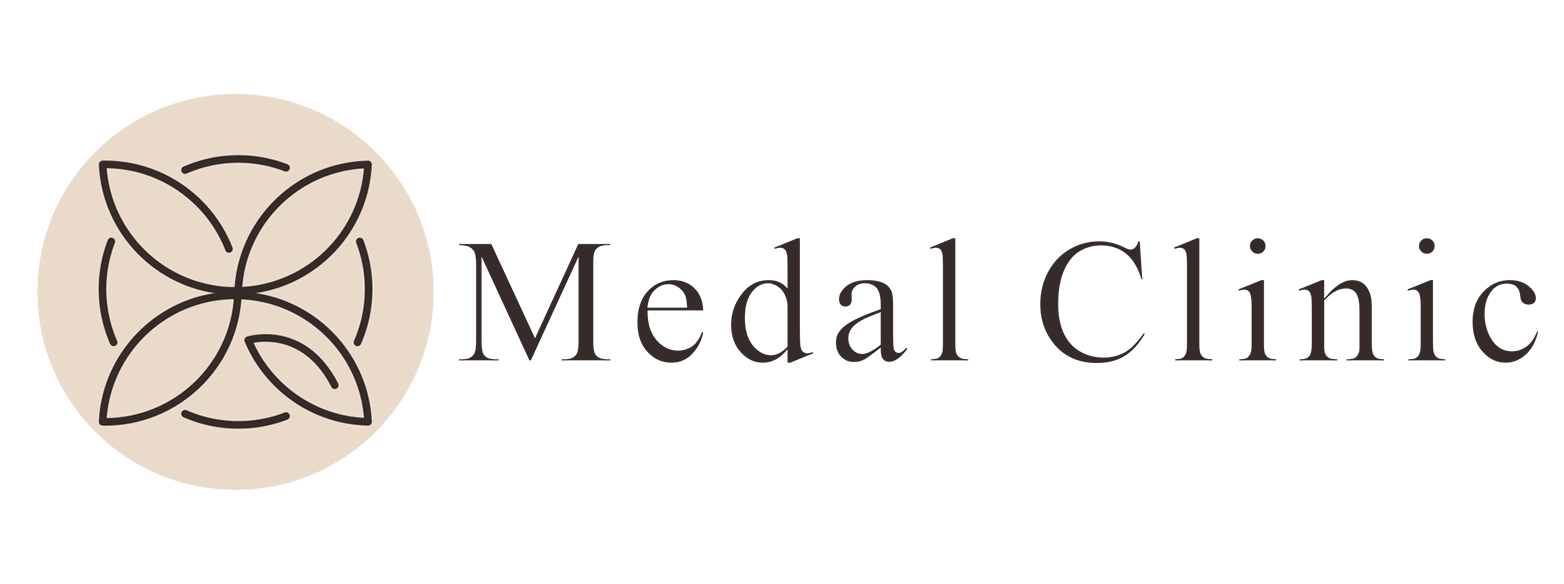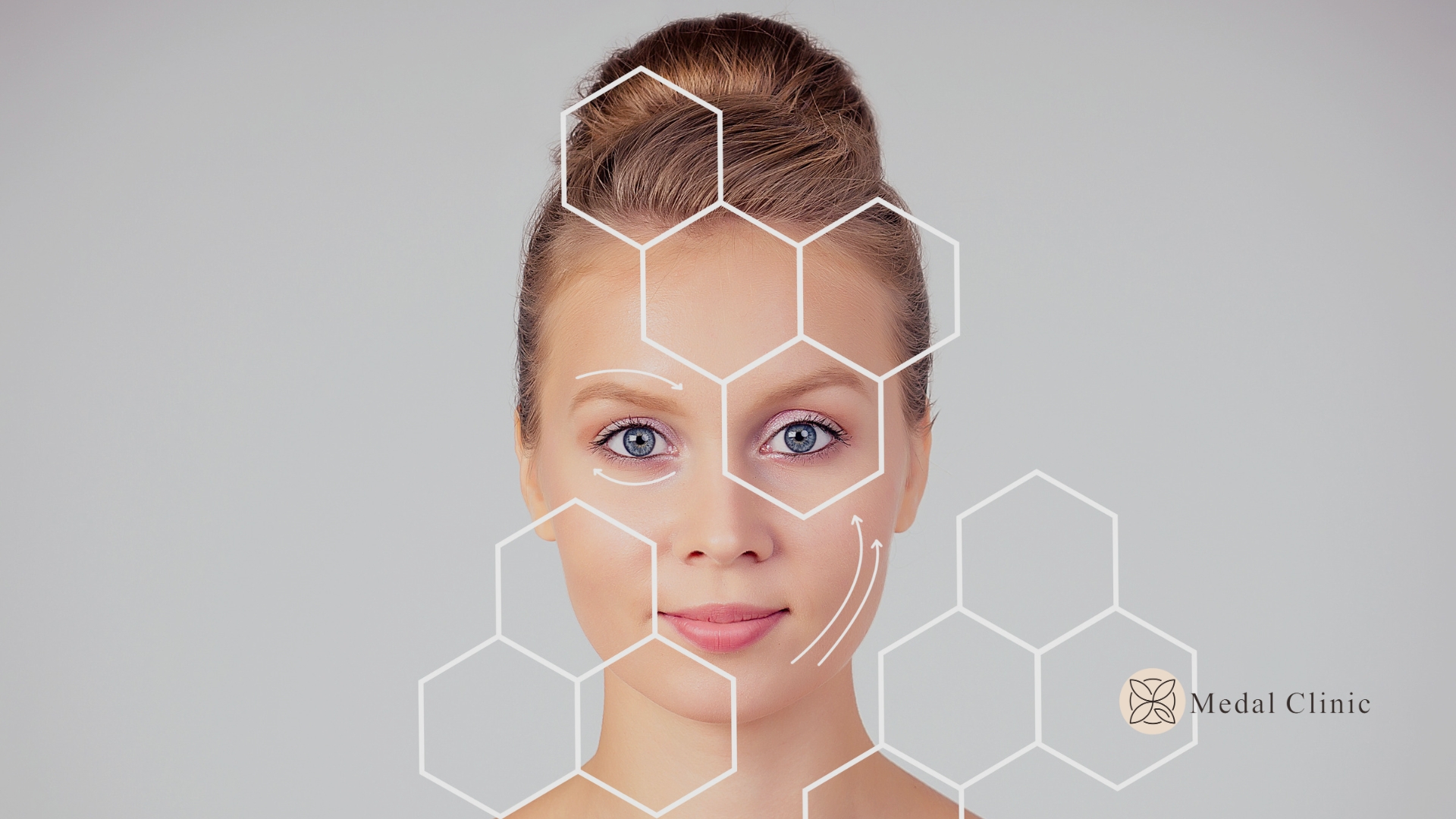Stem Cell Therapy
The Stem Cell Therapy Revolution, The field of medical science has witnessed remarkable advancements over the years, and one such groundbreaking development is stem cell therapy. Stem cell therapy holds the promise of revolutionizing medical treatments by harnessing the innate regenerative potential of the human body. This innovative technique has the potential to treat a wide range of conditions and diseases that were once considered incurable. In this article, we will delve into the intricacies of stem cell therapy and explore its tremendous potential in transforming the medical landscape.
Understanding Stem Cells: The Building Blocks of Life
Before we dive into the remarkable world of stem cell therapy, let’s first understand what stem cells are and why they are so crucial to the human body.
What are stem cells?
Stem cells are undifferentiated cells that have the extraordinary ability to develop into various types of cells in the body. They are the building blocks of life, playing a vital role in the growth, development, and repair of tissues and organs.
Types of stem cells:
There are different types of stem cells, each possessing unique characteristics and capabilities:
- Embryonic stem cells: Derived from embryos, these cells have the highest potential to differentiate into any cell type in the body.
- Adult stem cells: Found in various tissues and organs of the body, these cells have more limited differentiation capabilities but still hold immense therapeutic potential.
- Induced pluripotent stem cells (iPSCs): Generated by reprogramming adult cells, iPSCs exhibit characteristics similar to embryonic stem cells.
The role of stem cells in the body:
Stem cells act as a repair system within the body, replenishing damaged or dying cells and promoting tissue regeneration. They are crucial for maintaining the overall health and functionality of various organs and systems.
Unleashing the Potential: Stem Cell Therapy in Action
Now that we have a basic understanding of stem cells, let’s explore how stem cell therapy harnesses their potential to revolutionize medical treatments.
What is stem cell therapy?
Stem cell therapy, also known as regenerative medicine, is a cutting-edge treatment that involves the transplantation or manipulation of stem cells to promote healing, repair damaged tissues, and restore normal function in the body.
How does stem cell therapy work?
The process of stem cell therapy typically involves the following steps:
- Collection: Stem cells can be obtained from various sources, including bone marrow, adipose tissue, umbilical cord blood, and embryos (in the case of embryonic stem cells).
- Isolation: Once collected, stem cells are isolated and prepared for use in therapy.
- Delivery: Stem cells are then transplanted into the patient’s body through targeted injections, infusions, or surgical procedures.
- Differentiation: Once inside the body, stem cells can differentiate into specialized cells, replenish damaged tissues, and stimulate the body’s natural healing processes.
Applications of stem cell therapy:
Stem cell therapy holds enormous potential in treating a wide range of conditions and diseases, including:
- Neurological disorders (e.g., Alzheimer’s disease, Parkinson’s disease)
- Cardiovascular diseases (e.g., heart failure, ischemic heart disease)
- Orthopedic injuries (e.g., bone fractures, cartilage damage)
- Autoimmune disorders (e.g., multiple sclerosis, rheumatoid arthritis)
- Diabetes
- Organ transplantation
- Cosmetic and reconstructive procedures
The Future of Stem Cell Therapy: Limitless Possibilities
As research and technology continue to advance, the future of stem cell therapy holds immense potential. Here are some exciting possibilities on the horizon:
- Personalized medicine: With advancements in stem cell research, it may become possible to create patient-specific stem cell lines, leading to highly personalized treatments tailored to individual needs.
- Tissue engineering: Stem cells can be used to grow tissues and organs in the laboratory, addressing the shortage of donor organs for transplantation. This field, known as tissue engineering, has the potential to revolutionize the field of organ transplantation.
- Disease modeling and drug development: Stem cells can be utilized to create disease models in the laboratory, enabling researchers to better understand diseases and develop new drugs and therapies.
- Anti-aging and cosmetic applications: Stem cell-based treatments show promise in rejuvenating skin, promoting hair growth, and enhancing overall vitality, opening up possibilities for anti-aging and cosmetic applications.
In Conclusion: A Paradigm Shift in Medicine
The advent of stem cell therapy has ushered in a new era of medical possibilities. From neurological disorders to cardiovascular diseases, the potential applications of stem cell therapy are vast and exciting. While there are still challenges to overcome and further research to be conducted, the potential for stem cell therapy to transform the lives of millions cannot be understated.
As scientists, researchers, and medical professionals continue to unravel the mysteries of stem cells, we can anticipate even more remarkable breakthroughs in the field of regenerative medicine. The Stem Cell Therapy offers hope for a future where once-incurable diseases are effectively treated, where damaged tissues and organs are repaired, and where the quality of life is significantly improved.
Embracing the power of stem cells, we stand on the brink of a medical revolution that has the potential to reshape the landscape of healthcare as we know it. The Stem Cell Therapy holds the key to unlocking the untapped potential of our own bodies to heal and regenerate. With ongoing research, clinical trials, and advancements in technology, the field of stem cell therapy is poised to make significant strides in the coming years.
As we witness the incredible progress being made in harnessing the power of stem cells, it is crucial to maintain a balance between innovation and ensuring the highest standards of safety, ethics, and regulation. The responsible and ethical use of stem cell therapy is paramount to ensure patient well-being and to foster public trust in this transformative field.
In conclusion, the Stem Cell Therapy represents a remarkable leap forward in medical science, offering hope and potential for countless individuals battling various diseases and conditions. The ability to tap into the regenerative capabilities of our own bodies has the potential to redefine the limits of medical treatments and provide solutions where none previously existed.
While there is still much to learn and discover, the future of stem cell therapy shines brightly. As researchers continue to unravel the complexities of stem cells and refine techniques, we can anticipate even more innovative applications and breakthrough treatments.
As patients, it is essential to remain informed, consult with medical professionals, and seek treatment from reputable clinics or medical centers that adhere to strict guidelines and regulations. With responsible implementation and continued scientific advancements, the Stem Cell Therapy holds the promise of transforming lives, improving patient outcomes, and revolutionizing the field of medicine as we know it.
So, embrace the remarkable potential of stem cell therapy, for it has the power to unlock the regenerative abilities of our bodies, paving the way for a future where healing and recovery know no bounds. The Stem Cell Therapy is not just a medical intervention; it is a beacon of hope, offering a brighter and healthier tomorrow for individuals around the globe.
FAQ's about Stem Cell Therapy
Are there any ethical concerns associated with stem cell therapy?
The use of embryonic stem cells has raised ethical debates due to the need to extract them from embryos. However, it’s important to note that advancements in stem cell research have led to the development of alternative sources such as adult stem cells and induced pluripotent stem cells, which alleviate many ethical concerns.
Is stem cell therapy safe?
Stem cell therapy has shown a favorable safety profile in numerous clinical trials and studies. However, as with any medical procedure, there are potential risks and side effects. These can include infection, immune rejection, and the formation of abnormal tissue. It’s crucial to undergo stem cell therapy under the supervision of trained medical professionals.
How effective is stem cell therapy?
The effectiveness of stem cell therapy varies depending on the specific condition being treated, the type of stem cells used, and the individual’s unique circumstances. While stem cell therapy has shown promising results in many cases, more research is needed to determine its long-term efficacy. It’s important to have realistic expectations and consult with medical experts to understand the potential benefits for your specific situation.
Is stem cell therapy covered by insurance?
Insurance coverage for stem cell therapy can vary depending on factors such as the country, the specific treatment, and the insurance provider. It’s advisable to contact your insurance company directly to inquire about coverage and reimbursement options.
Are there any regulatory guidelines for stem cell therapy?
Regulatory guidelines for stem cell therapy vary across countries. In some regions, strict regulations are in place to ensure the safety and efficacy of these treatments. It is crucial to seek stem cell therapy from reputable clinics or medical centers that comply with regulatory standards and adhere to ethical practices.










